Fall Home Maintenance Checklist: 20 Things to Do Every Year
Feel that nip in the air? Fall has arrived! Here’s how to get your home and yard ready for winter before it’s too late.
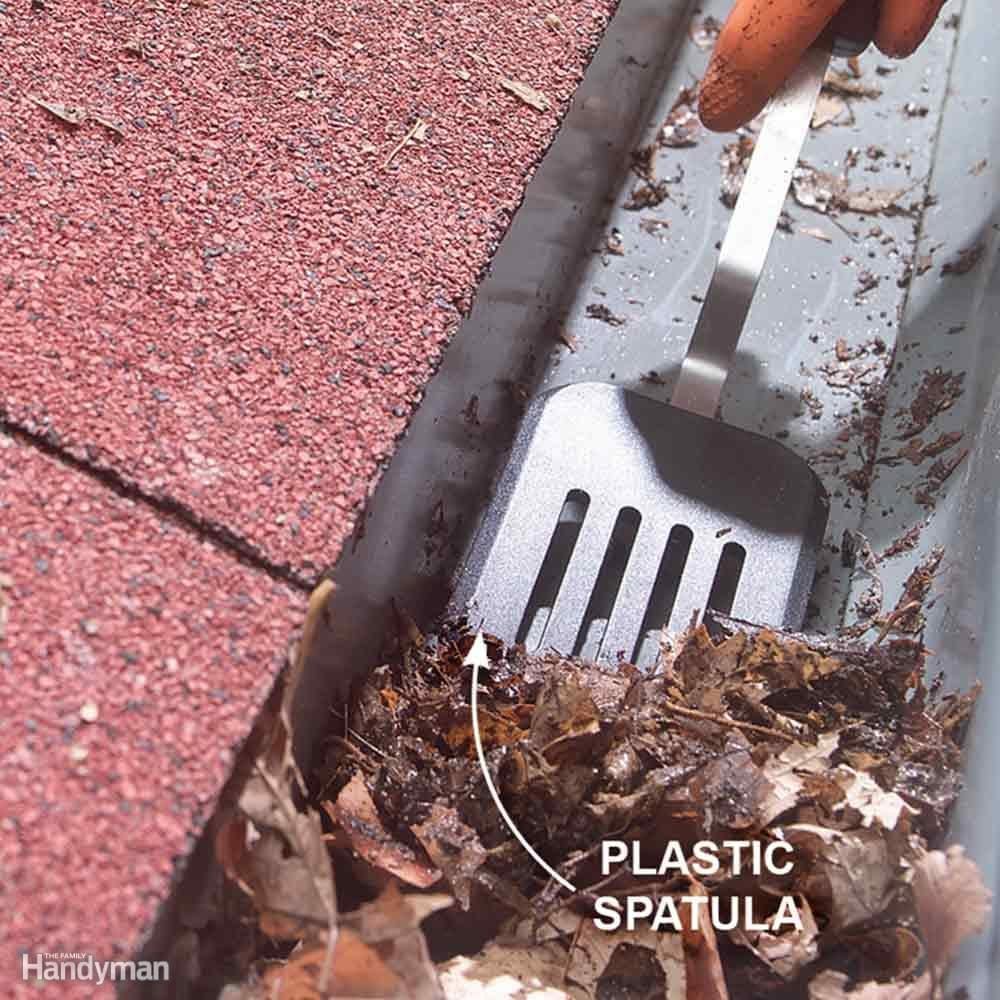
Gutter Cleaner
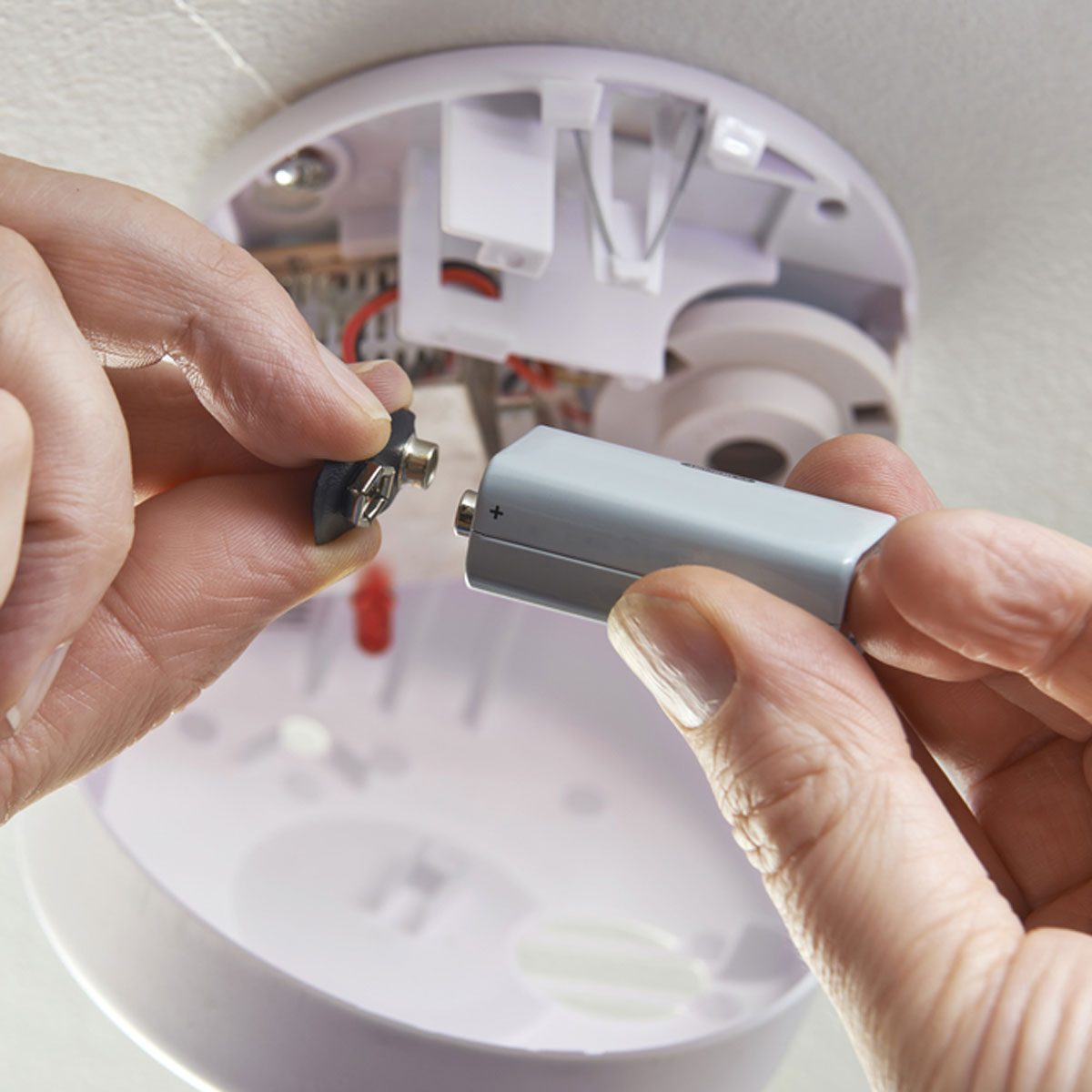
Check Your Detectors
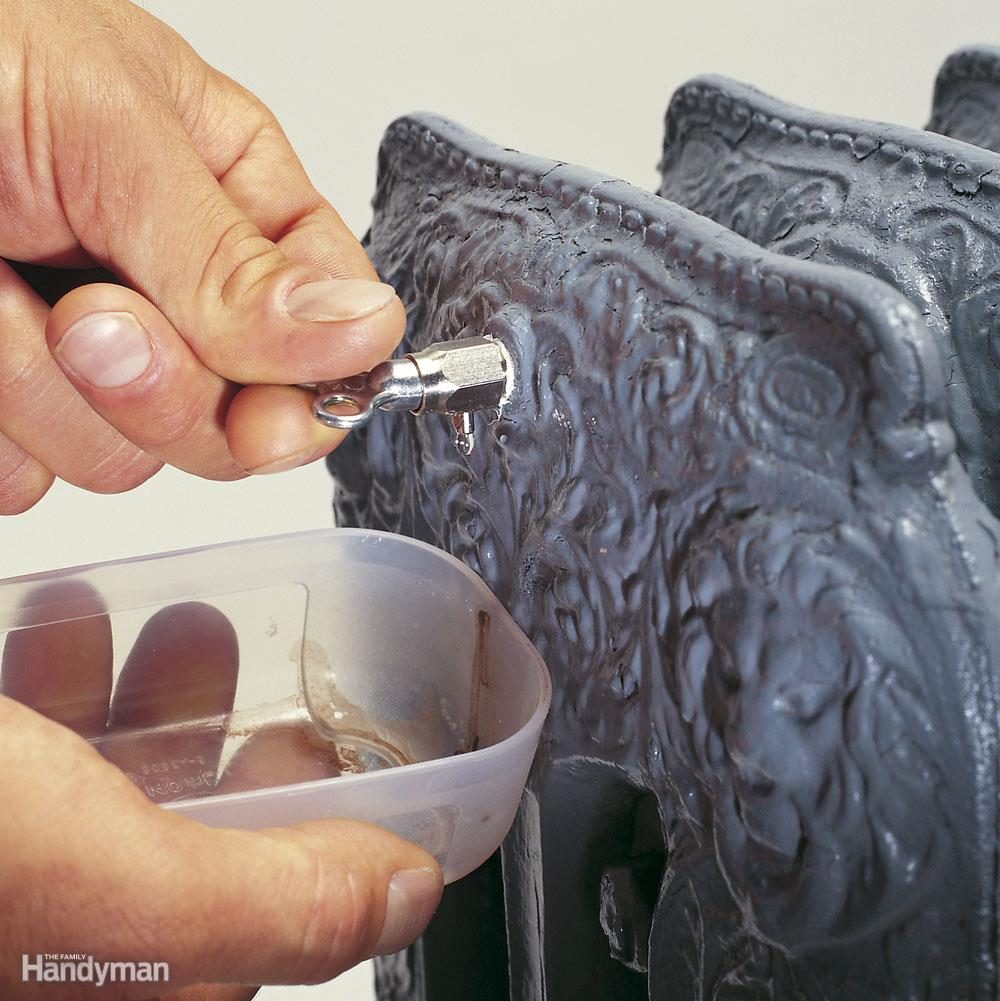
Bleed Hot Water Radiators
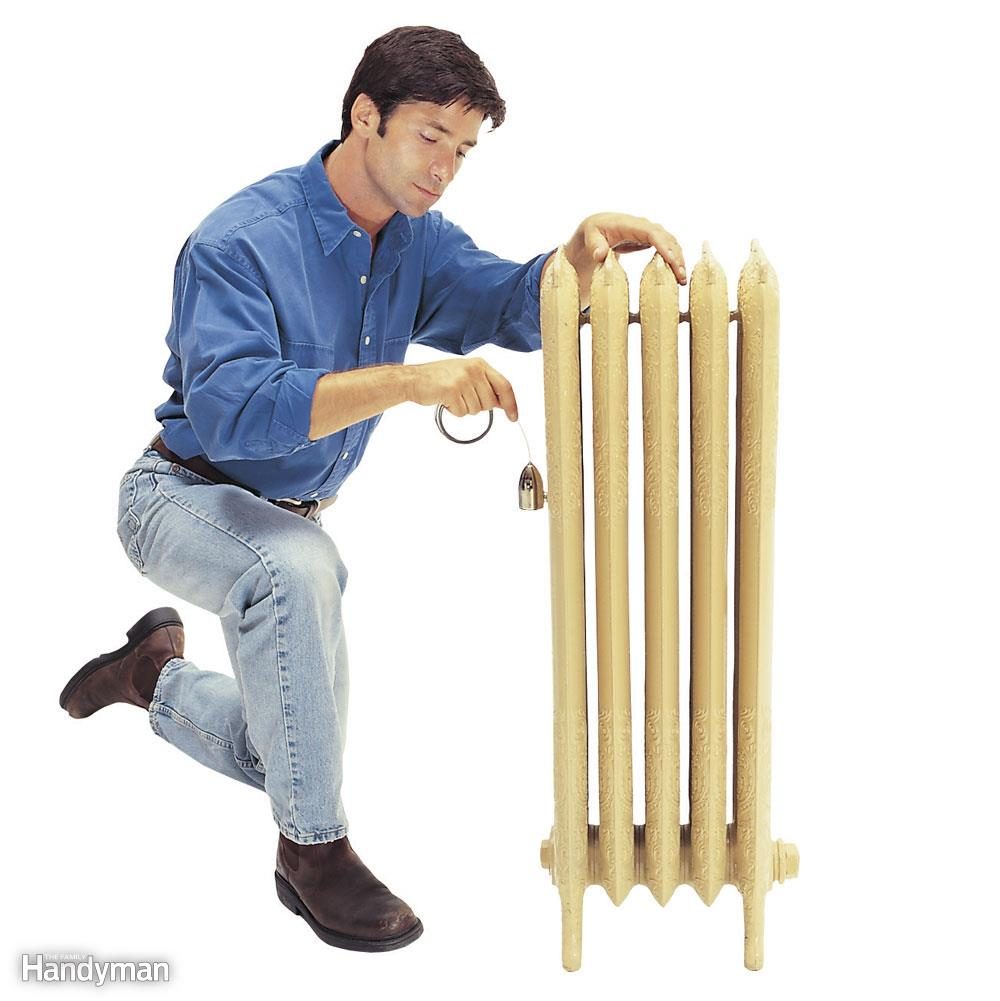
Clear Steam Radiator Vents
Steam radiators have an air vent like the one shown. Unfortunately, many of these vents get painted over, plugging the air hole. Clear the air hole in the top of the vent with a small wire or sewing needle. If you’re still worried about the air vents working properly, consult a hot water/steam heat specialist who can replace the vents.
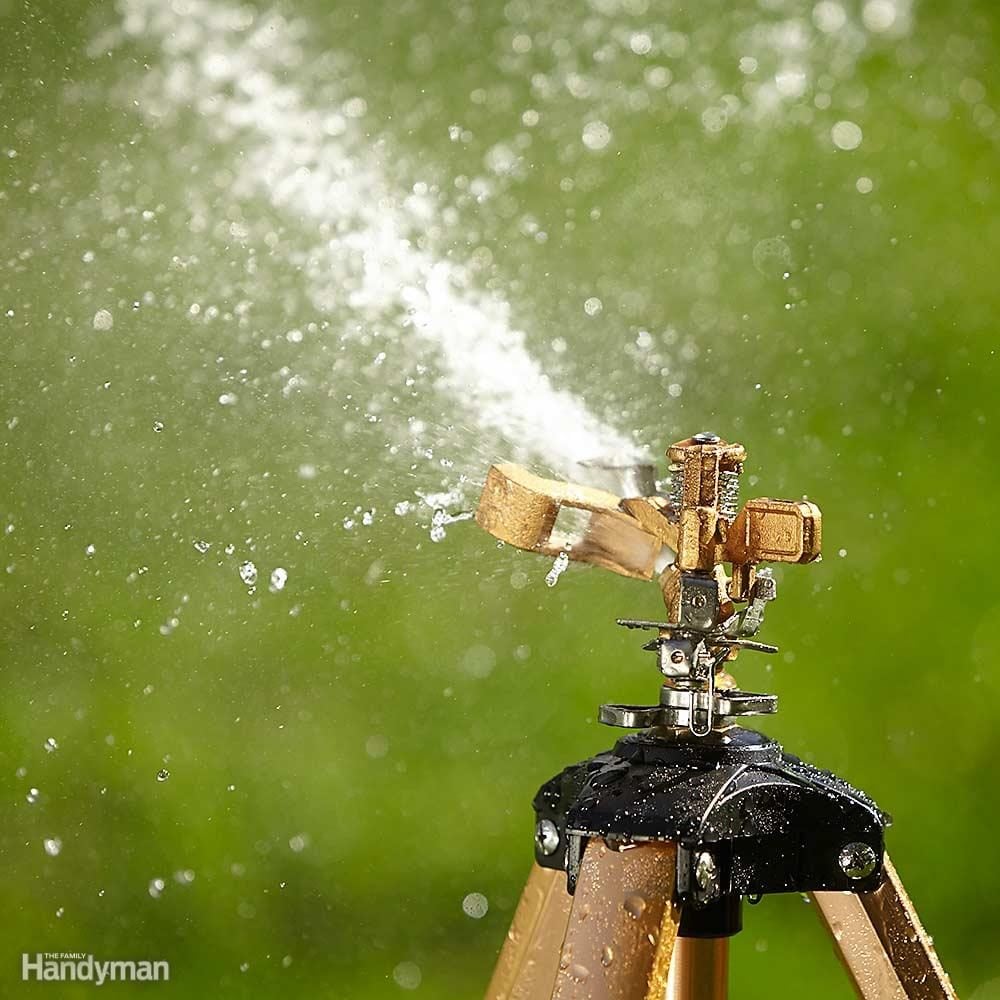
Best Way to Water Lawn: Water in the Fall
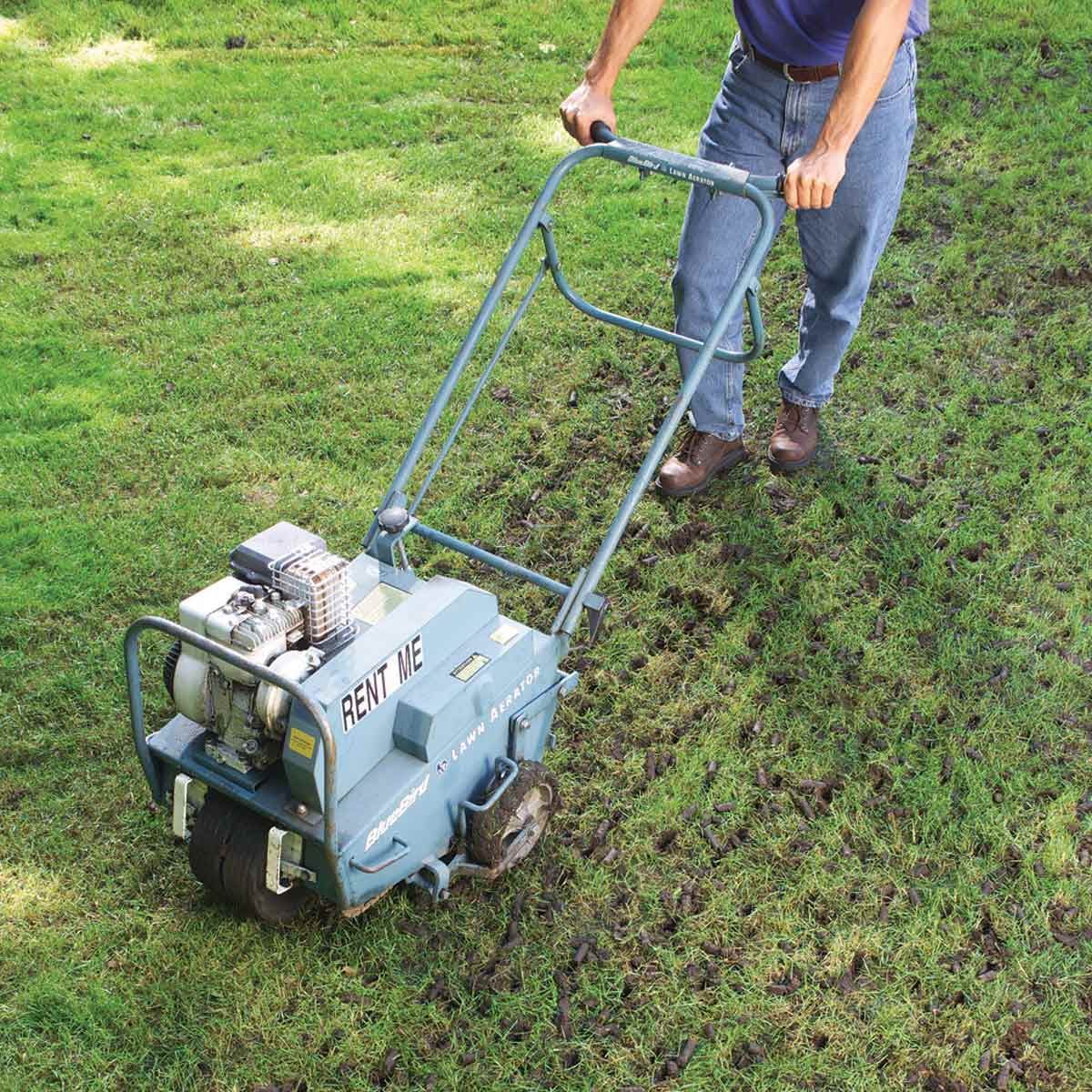
Aerate the Soil
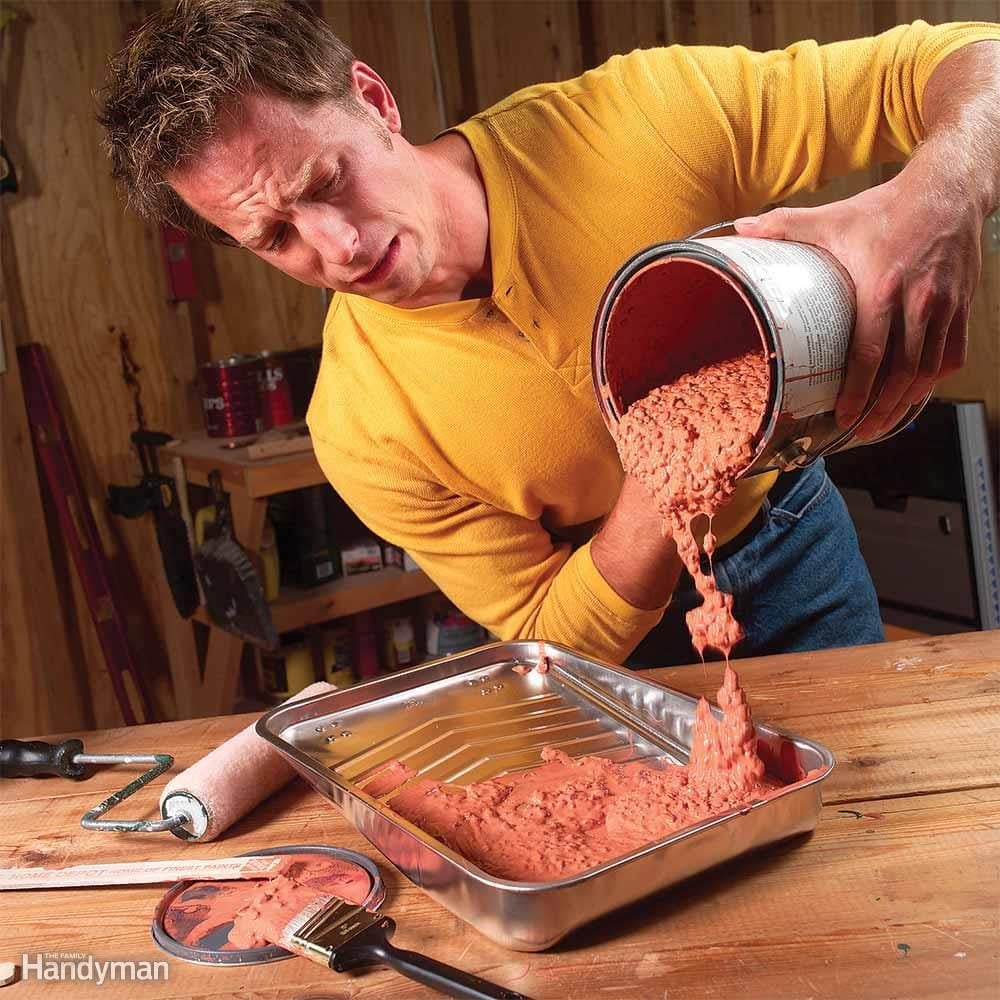
Extreme Temperatures
Paint doesn’t handle extreme temperatures very well. So, if you live in a cold climate, add this to your fall chore list: Bring the latex/acrylic paint into the house. And while you’re at it, don’t forget the latex caulk. Freezing ruins both latex paint and caulk.
Another temperature-related painting mistake is painting when it’s going to freeze. Paint can’t dry properly in freezing temps. It will only dry partway and will easily come off when touched. At the other end of the thermometer, painting a hot surface is also a bad idea. The paint starts to dry before you can spread it evenly and can bubble and slough off. Plan your painting to avoid direct sun if possible. Or at least try to paint south-facing walls in the morning or evening when the sun is less intense.
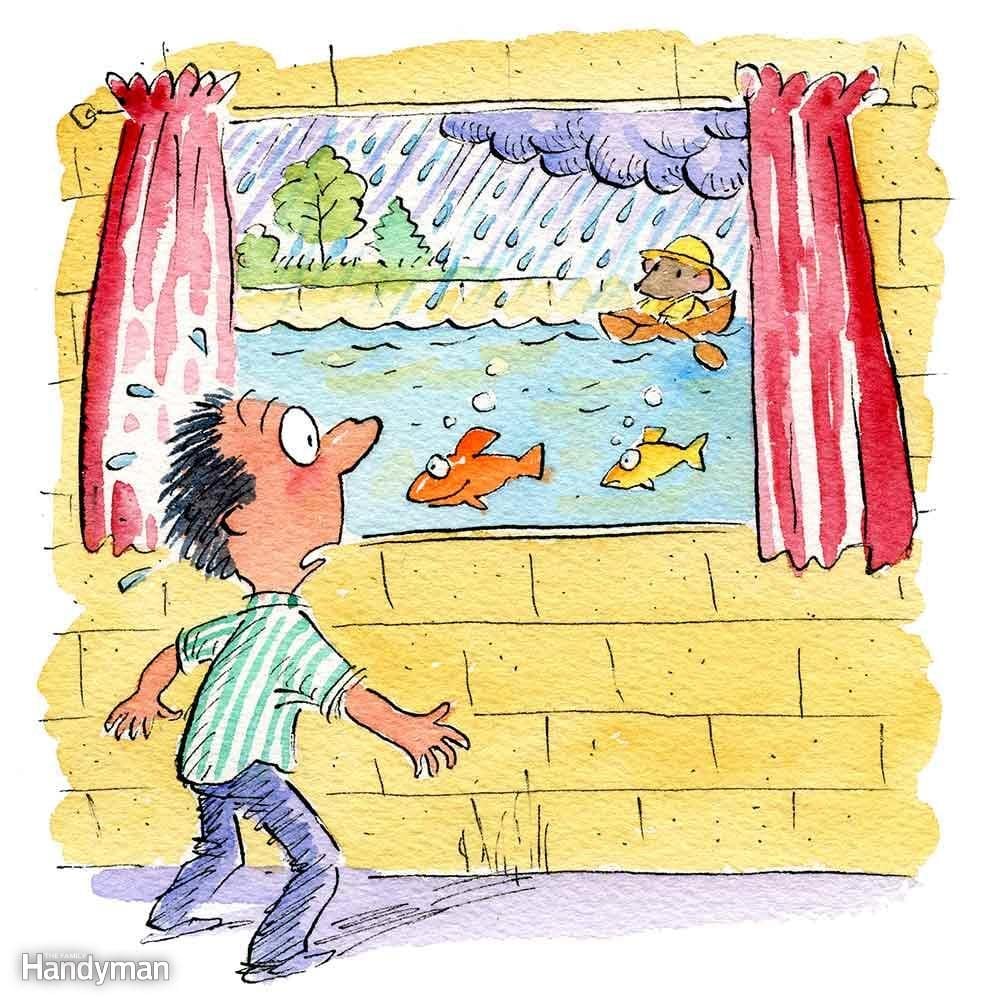
Keep Window Wells Clean or Risk a Broken Window and Wet Basement
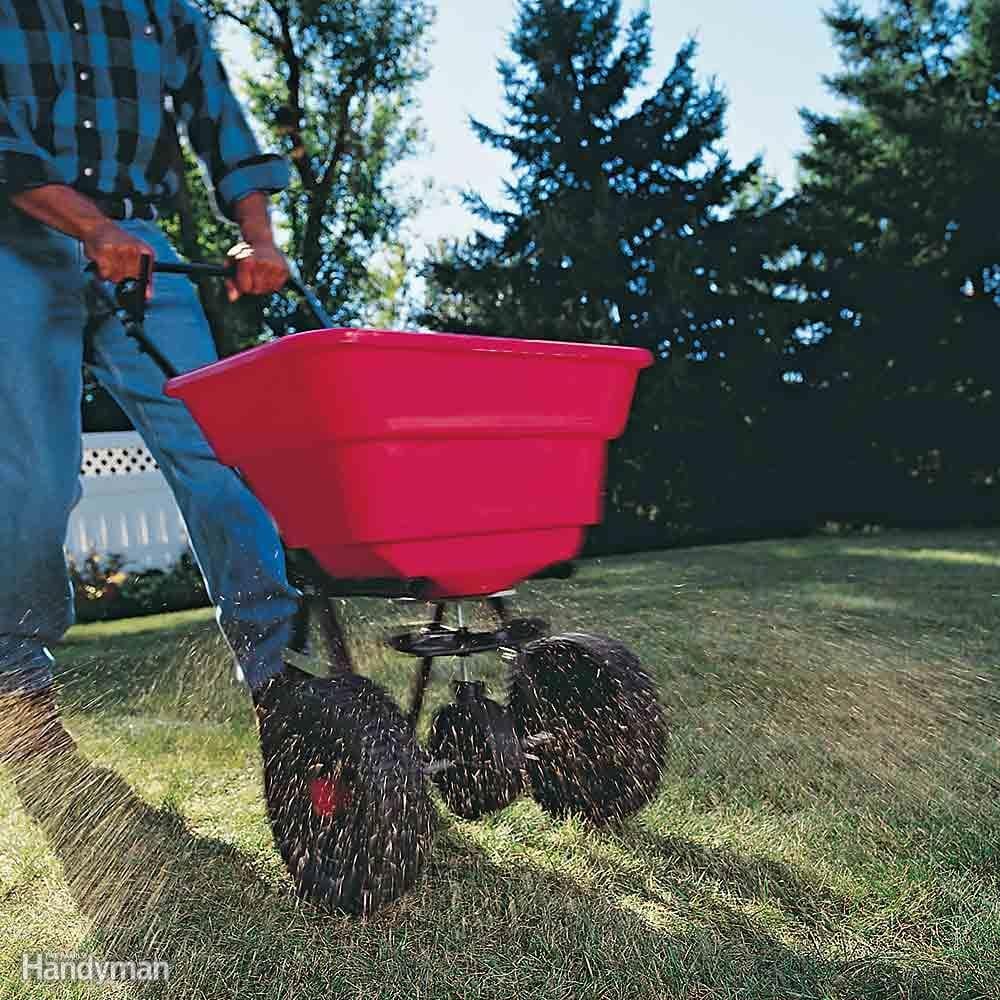
Fertilize in the Fall
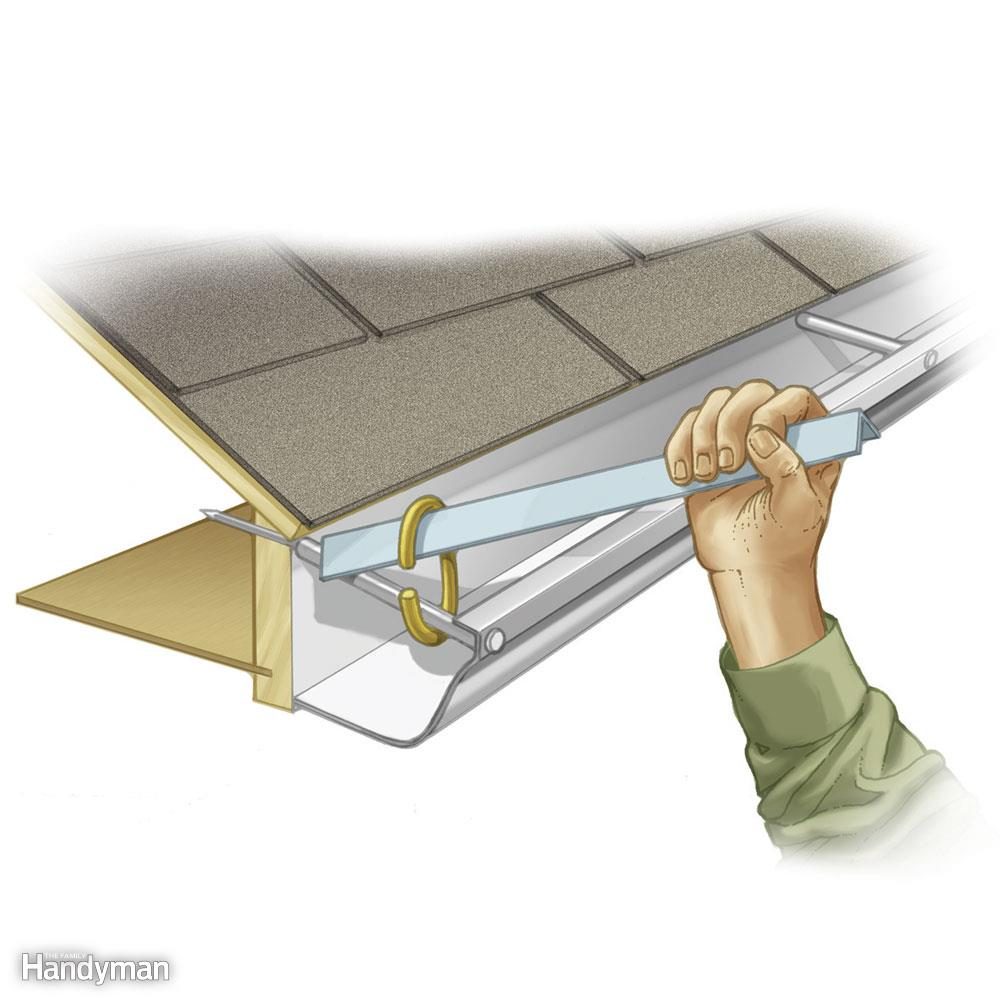
Gutter Straightener
Ice coming off your roof can bend the spikes that secure your gutters to the fascia board. One simple way to straighten them without removing them is to use a 2-ft. length of angle iron and a link of heavy metal chain. The angle iron and chain link provide sufficient leverage to straighten the spike and pull the gutter back into alignment.
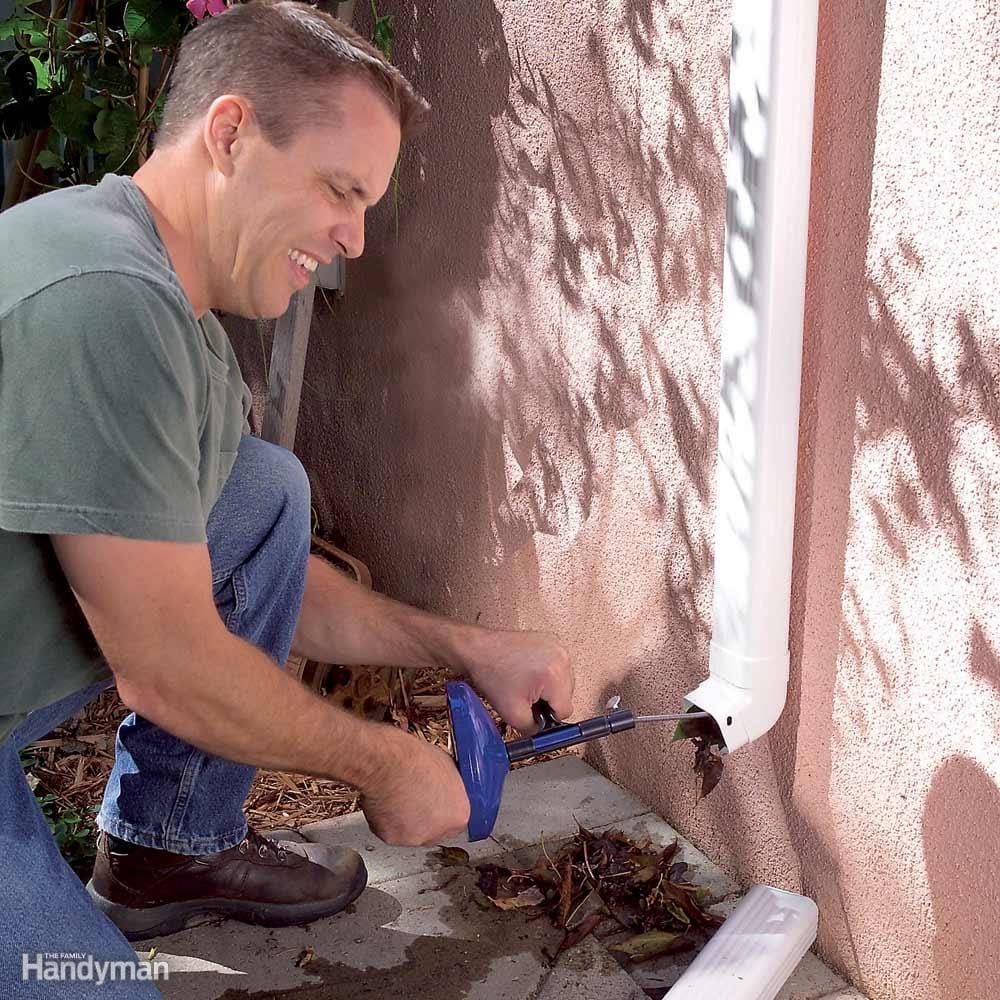
Gutter Spouts
Cut Grass Short
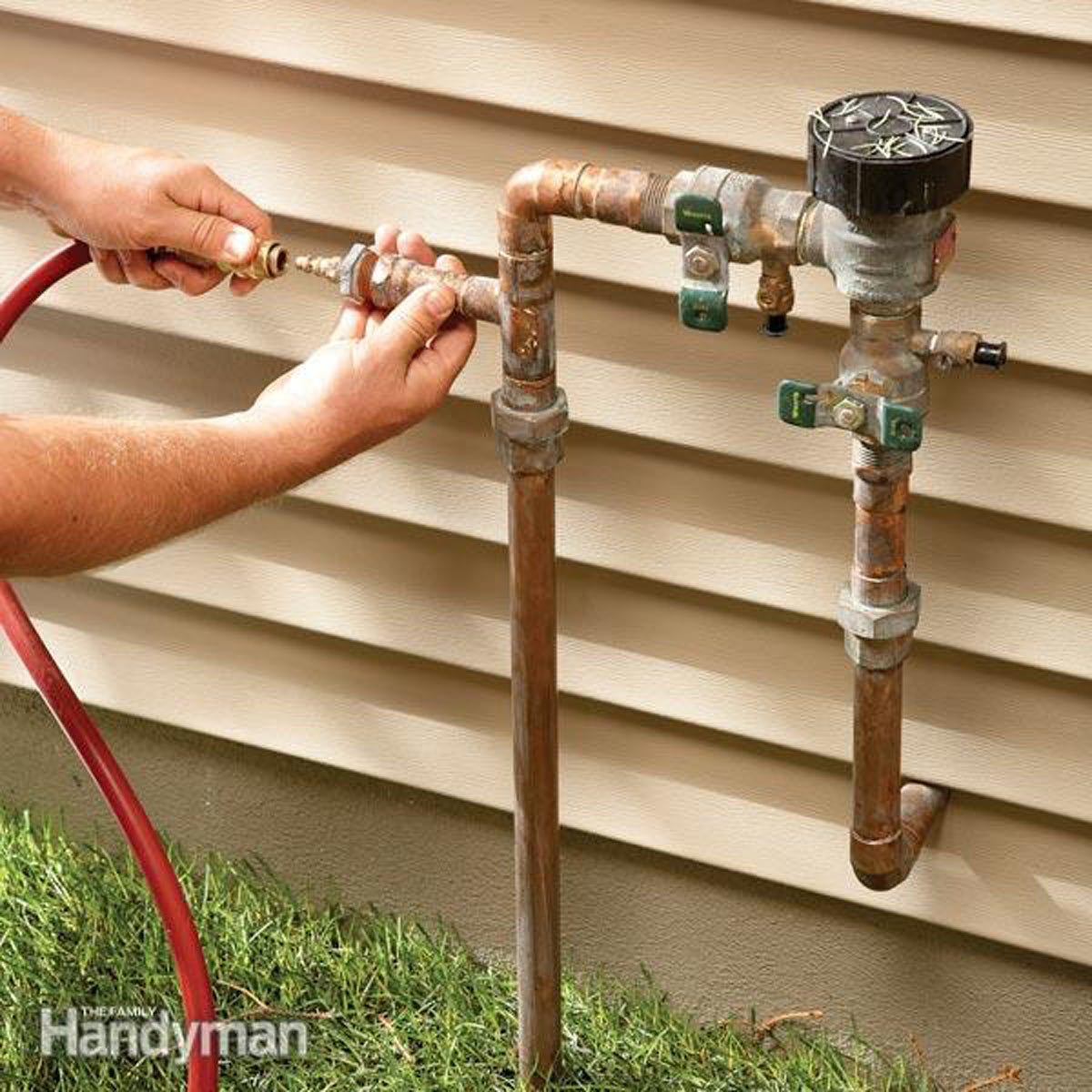
Winterize Your Sprinkler System
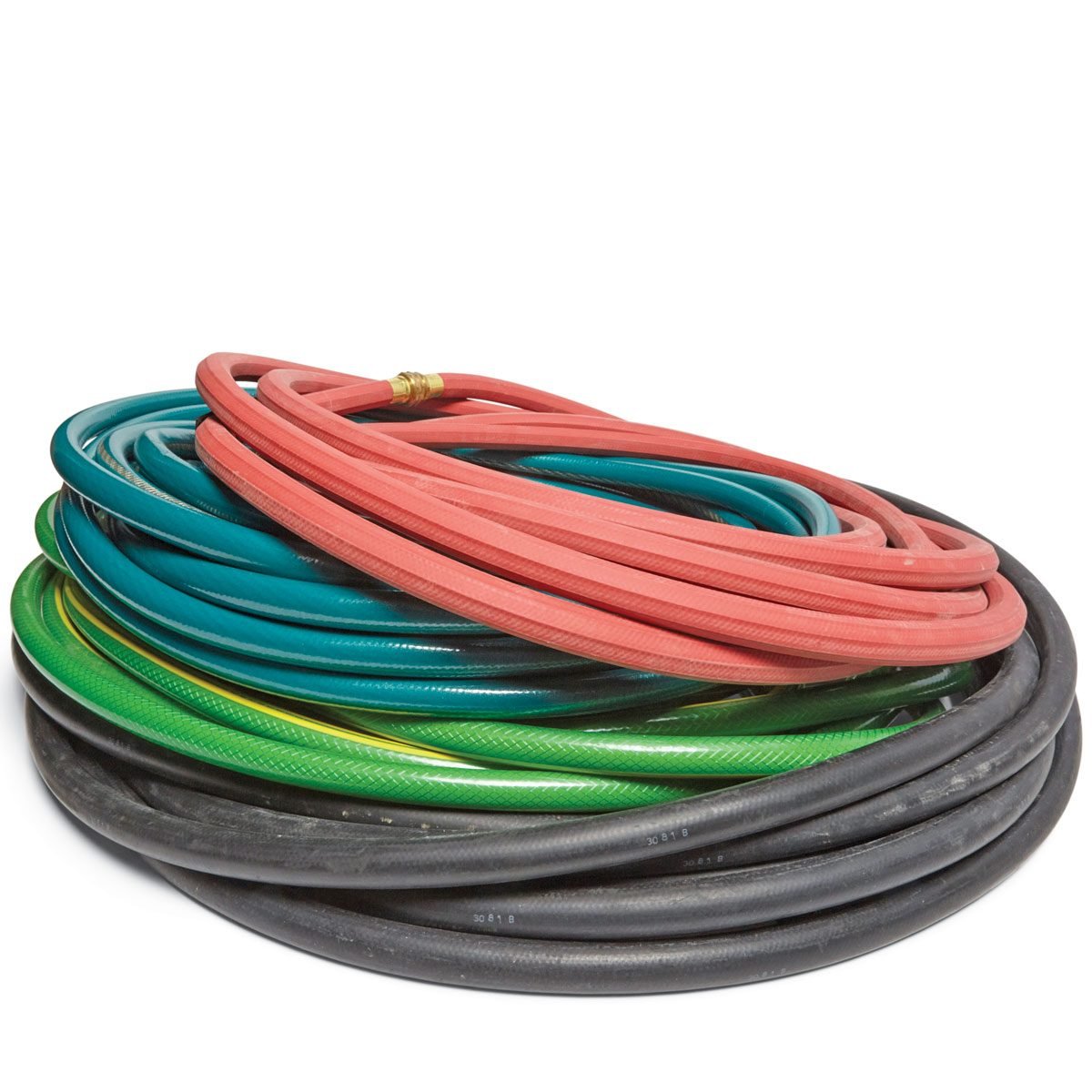
Drain Garden Hoses or Waste Money on Replacements
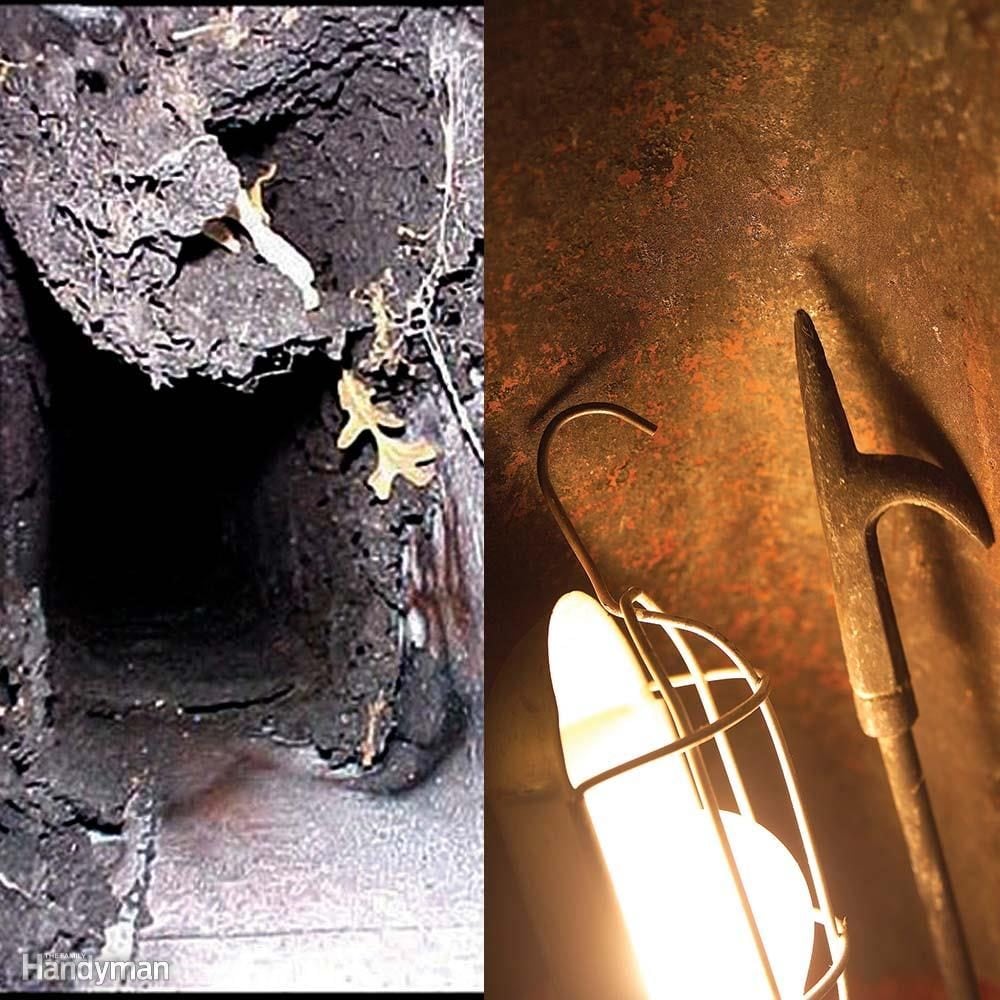
Clean Your Chimney
How often do you need to have your chimney cleaned? It depends on the moisture content of the wood you burn. If you burn mostly green (wet) logs, have your chimney cleaned or inspected every 50 burns. If you see moisture bubbling out the ends of the logs when they’re burning, the wood is wet. This green wood doesn’t burn cleanly and sends a lot of unburned particles (smoke) up the chimney, where they build up as creosote and soot. Dry hardwoods, such as oak and birch, burn hotter and cleaner. With them, have your chimney cleaned or inspected every 70 burns. A chimney cleaning costs $225 to $400.
Creosote and soot buildup in the chimney flue is dangerous because it can ignite and cause an uncontrollable chimney fire. A quick way to tell if your chimney needs cleaning is to run the point of your fireplace poker along the inside of your chimney liner (see photo). If you find a 1/8-in. or more layer of buildup (the thickness of a nickel), call a chimney sweep. The chimney sweep we talked with said he sees 40 to 50 chimney fires a year, and more than half of the chimneys he services require extra cleaning because the homeowners wait too long before calling. In extreme cases, the hardened layer of buildup requires cleaning with special tools or chemicals.
If it’s been a few years since your last chimney cleaning, now’s a good time to schedule one. The cleaning includes an inspection for soot buildup, obstructions, cracks in the chimney liner and signs of water damage. Older chimneys often have gaps between clay liner sections where the mortar has fallen out.
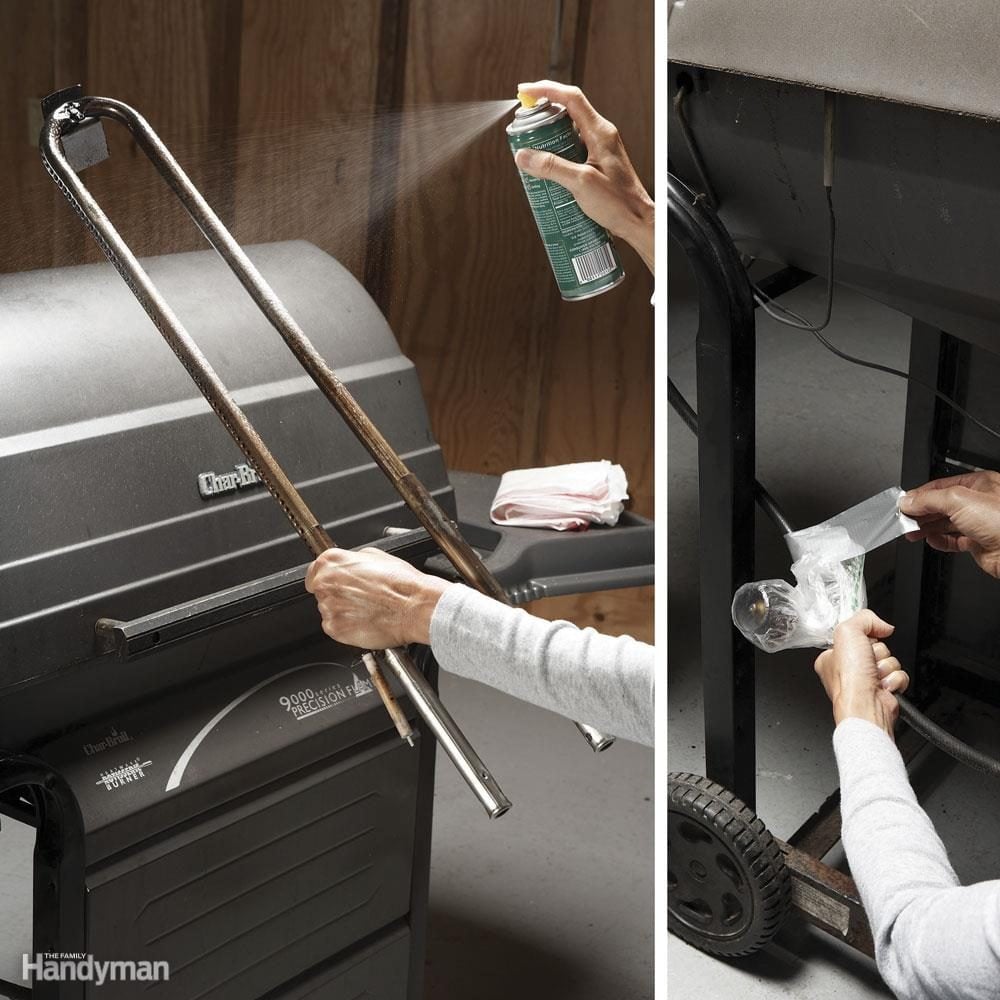
Winterize Your Gas Grill
If you’re not a winter griller, now’s the time to pack away your grill before it’s covered with a foot of snow. In addition to giving your grill a thorough cleaning to remove grease and food scraps, take these steps to help prevent any unpleasant surprises when you fire up your grill again next spring.
Shut off the gas at the LP tank, unfasten the burner, slip the gas tubes off the gas lines and lift out the unit. Coat the burners and other metal parts with cooking oil to repel moisture that can build up over the winter and to prevent rust. Then wrap the burner unit in a plastic bag to keep spiders and insects from nesting in the gas tubes during the winter. This is a common problem that can make for balky starts, uneven flames or even a one-alarm fire the next time you light your grill.
If you’re storing your grill outside during the winter, just keep the propane tank connected (but shut off) and put a protective cover over the entire grill when you’re done cleaning it. If you’re storing the grill indoors, don’t bring the tank inside, even into the garage or a storage shed. A small gas leak can cause a huge explosion if the tank is stored in an enclosed space. Instead, disconnect the tank and store it outside in an upright position away from dryer and furnace vents and children’s play areas. Tape a plastic bag over the grill’s gas line opening to prevent insects from nesting.
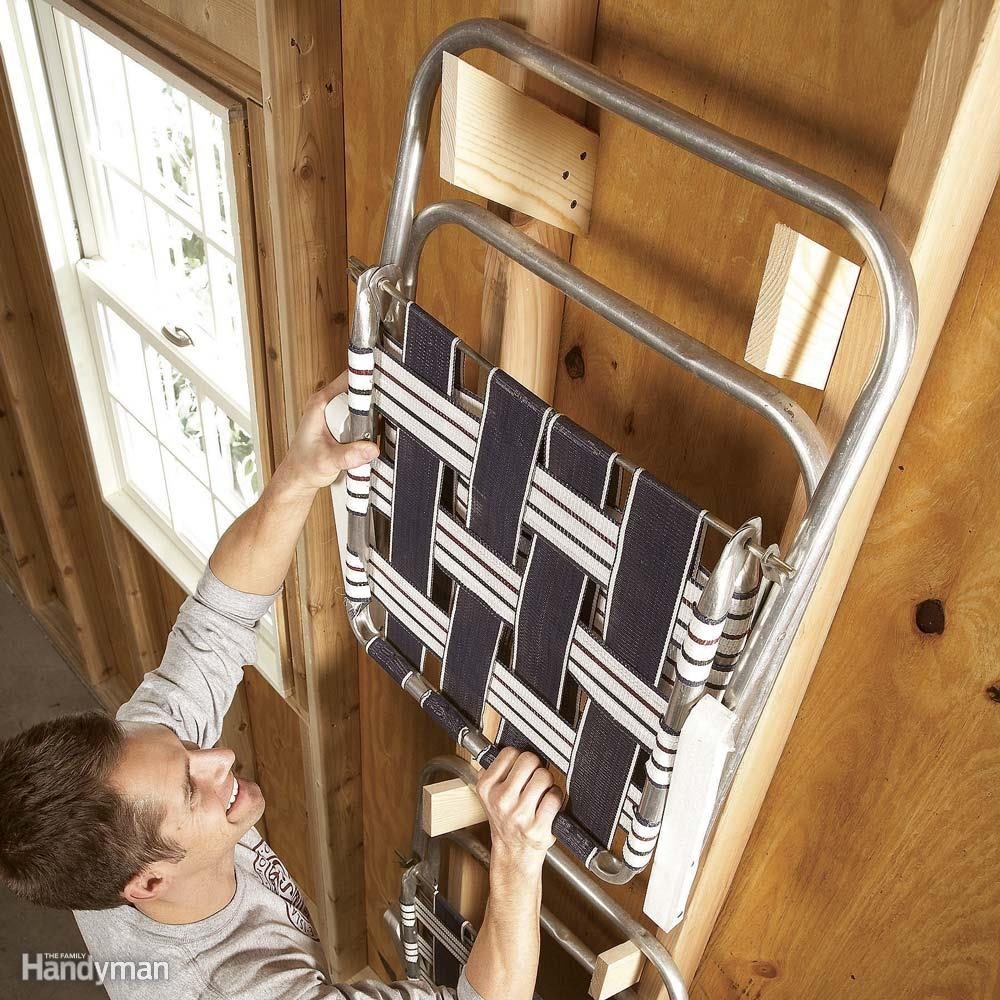
Store Lawn Chairs
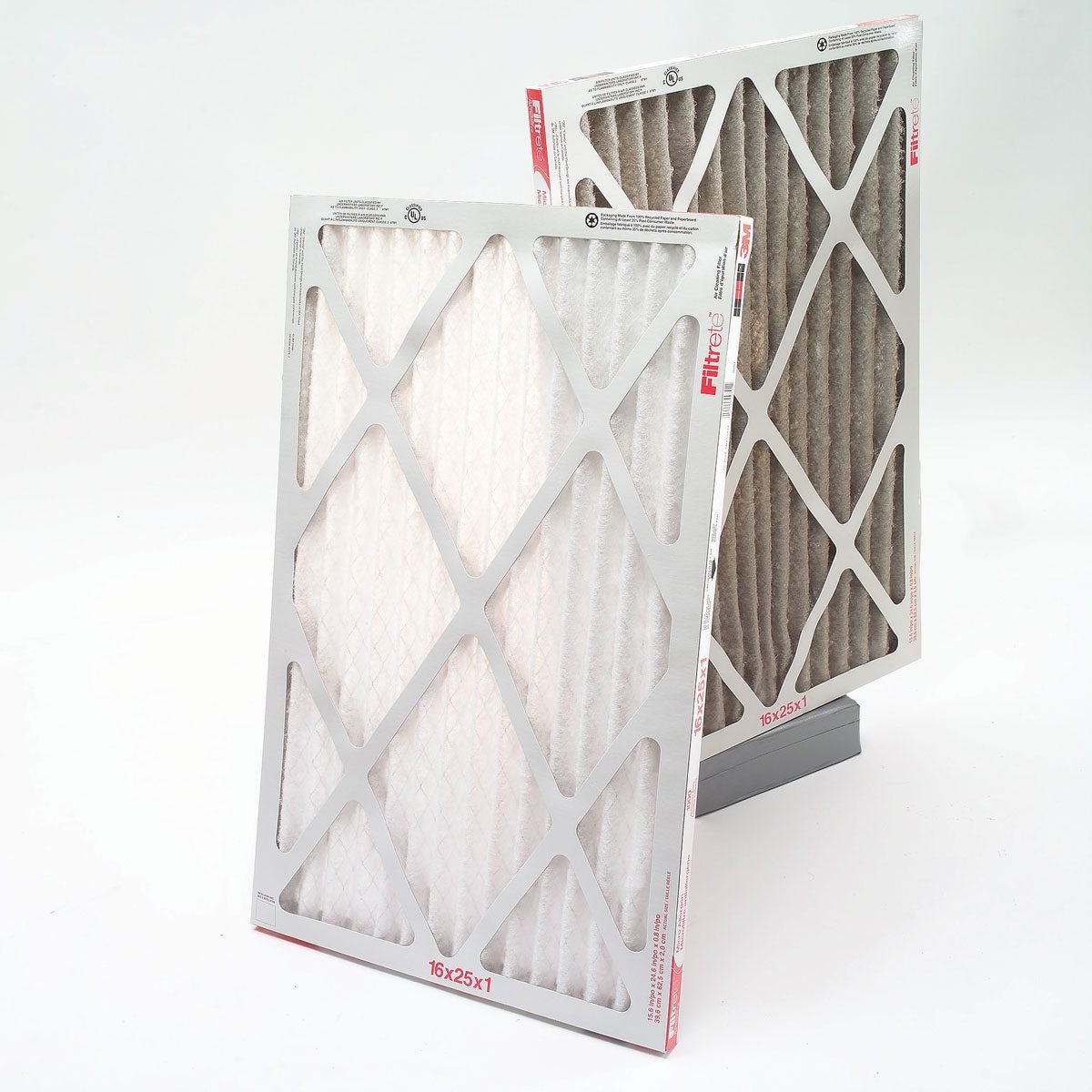
Change Your Furnace Filter
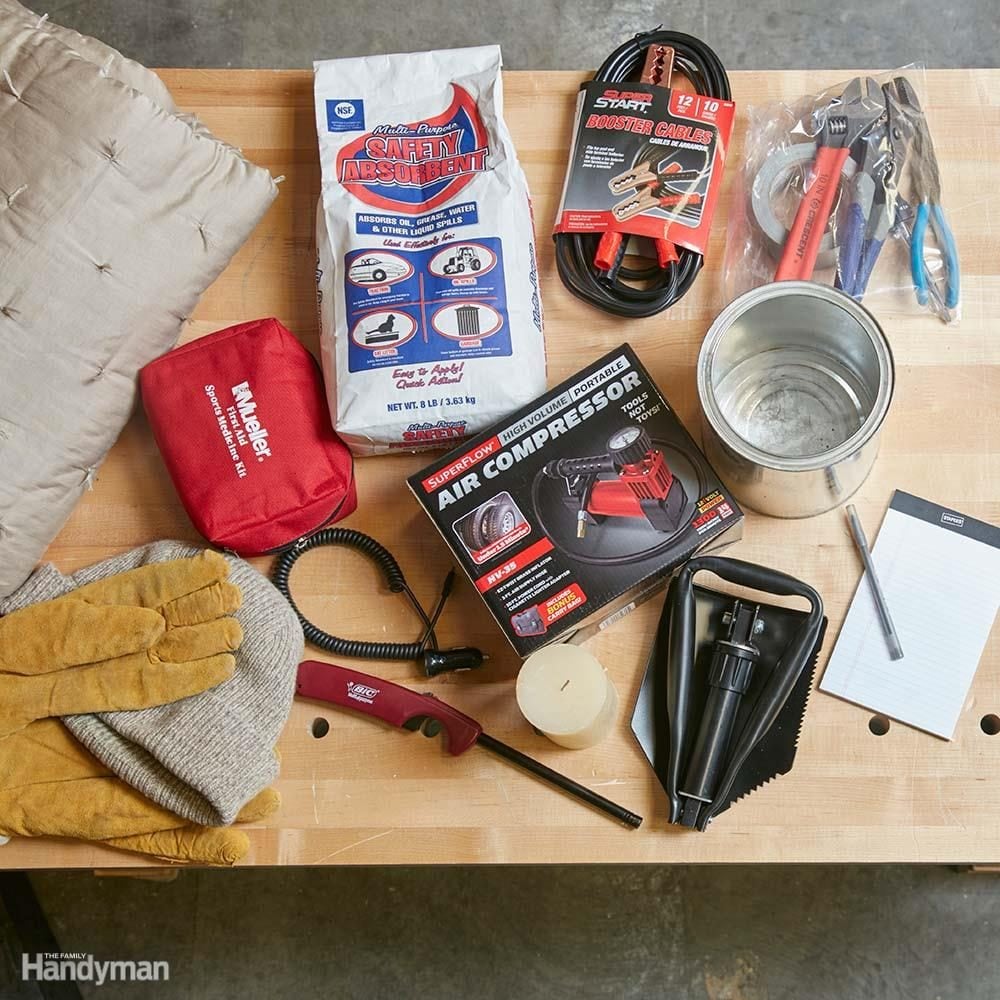
Make a Winter Driving Kit
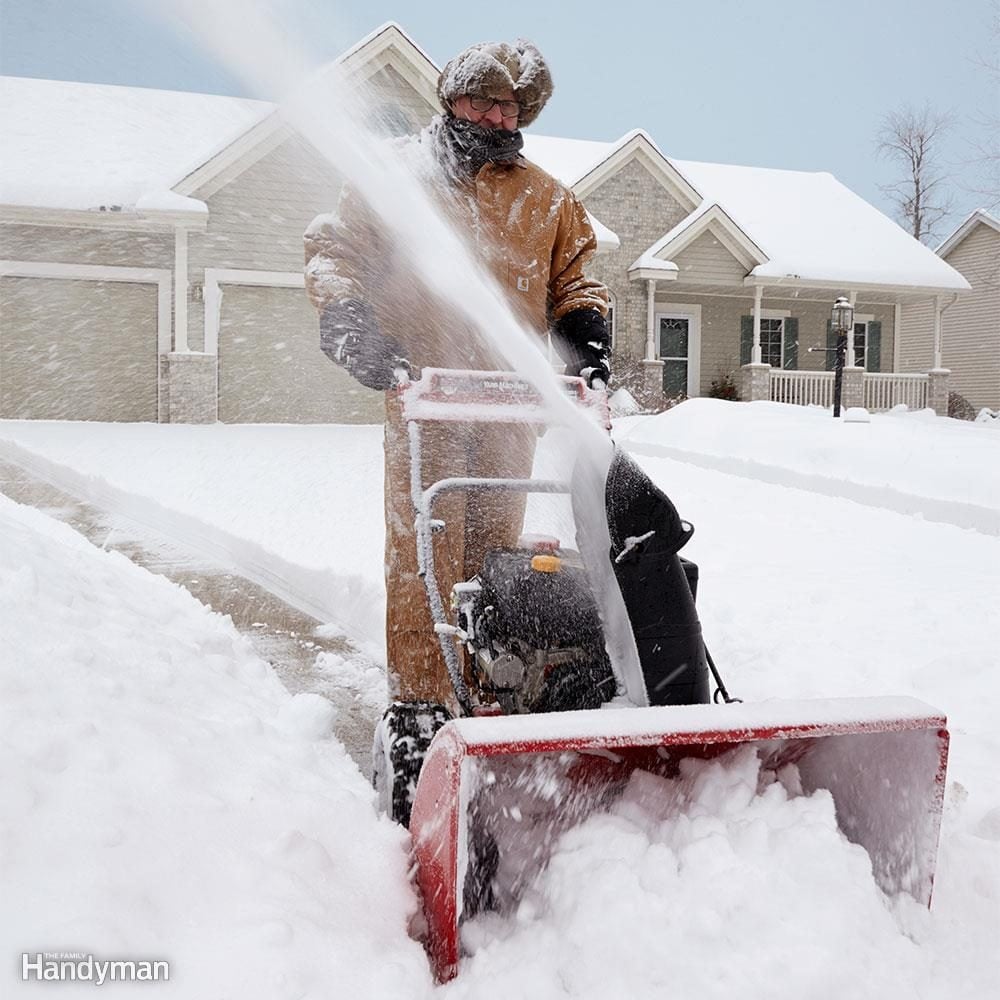
Get Your Property Ready for Snow
Before the snow flies and you start using your snowblower, take a few minutes to inspect your property. Remove rocks, dog tie-out cable, extension cords, holiday light cords and garden hoses. Then stake out paths that run near gardens so you don’t accidentally suck up rocks and garden edging. Mark your walk and driveway perimeters by pounding in driveway markers. If the ground is frozen, just drill a hole using a masonry bit and your battery-powered drill.

